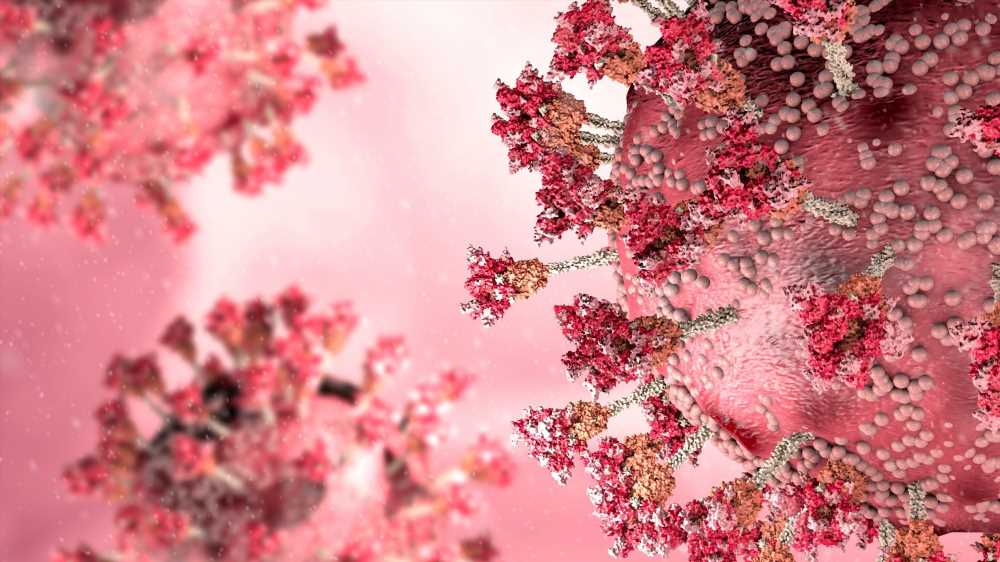In a recent study published in Emerging Infectious Diseases, researchers observed early recurrence of coronavirus disease 2019 (COVID-19).

Ninety-six cases of early reinfections with severe acute respiratory syndrome coronavirus 2 (SARS-CoV-2) were reported in Belgium between December 2021 and March 10, 2022, with a median interval of 47 days between two positive samples. Notably, five had primary infections with SARS-CoV-2 Omicron BA.1 and reinfection with BA.2 variant. Previously, the authors reported a six-fold higher risk of reinfection with the Omicron variant than with other variants.
The study and findings
The present study described COVID-19 reinfection cases with different Omicron sub-variants after a primary infection with the BA.1 or BA.2 variant in Marseilles, France. Real-time reverse transcription polymerase chain reaction (RT-PCR) tests and next-generation sequencing (NGS) were performed using nasopharyngeal swab samples. Electronic medical files were accessed to obtain data on patients’ age and gender.
Reinfected patients were identified using a computerized alert system focusing on primary Omicron BA.1/BA.2 infections and reinfection with any Omicron sub-variant. Of nearly 28,000 positive samples from November 2021 to July 2022, 188 (0.7%) reinfection cases were identified. Among these, 181 patients had primary infection with SARS-CoV-2 Omicron BA.1 and reinfection with BA.2 (82 cases), BA.4 (14 cases), and BA.5 (85).
Seven cases had primary infection with SARS-CoV-2 Omicron BA.2, followed by BA.4 reinfection in one patient and BA.5 reinfection in six patients. Notably, three cases were reinfected twice; the first reinfection occurred with the BA.1 variant, and the second reinfection with the BA.5 variant. Most reinfected cases (69.7%) were females; the median age of patients was 32 years.
The median duration between primary Omicron BA.1 infection and reinfection with BA.2 was 84 days, and 171 days for those with primary BA.1 infection and BA.5 reinfection. The time between primary infection and reinfections was less than 30 days for six patients (3.2%), 30 to 44 days for four patients (2.1%), 45 to 49 days for 18 patients (9.6%), 60 to 70 days for 10 cases (5.3%), 75 to 89 days for 11 patients (5.8%), and more than 90 days for 139 patients (73.9%). Fifty patients (26.6%) had reinfection less than 90 days after primary infection.
Conclusions
The authors observed that reinfections with SARS-CoV-2 Omicron sub-variants were frequently shorter than 90 days, a period used by the United States (US) Centers for Disease Control and Prevention (CDC) for reinfection definition. Further, reinfections occurred less than 60 days post-primary infection in some cases, shorter than the reinfection definition used by the European Centre for Disease Prevention and Control (ECDC).
One of the study’s major limitations was the small number of reinfection cases. The authors could not rule out concurrent infections with different Omicron sub-variants in some patients. These findings suggest revising current definitions for reinfections regarding the duration between primary and secondary infections.
- Nguyen NN, Houhamdi L, Delorme L, Colson P, Gautret P. (2022). Reinfections with different SARS-CoV-2 Omicron subvariants, France. Emerging Infectious Diseases. doi: https://doi.org/10.3201/eid2811.221109 https://wwwnc.cdc.gov/eid/article/28/11/22-1109_article
Posted in: Medical Science News | Medical Research News | Disease/Infection News
Tags: Coronavirus, Coronavirus Disease COVID-19, covid-19, Infectious Diseases, Nasopharyngeal, Omicron, Polymerase, Polymerase Chain Reaction, Respiratory, SARS, SARS-CoV-2, Severe Acute Respiratory, Severe Acute Respiratory Syndrome, Syndrome, Transcription

Written by
Tarun Sai Lomte
Tarun is a writer based in Hyderabad, India. He has a Master’s degree in Biotechnology from the University of Hyderabad and is enthusiastic about scientific research. He enjoys reading research papers and literature reviews and is passionate about writing.
Source: Read Full Article
